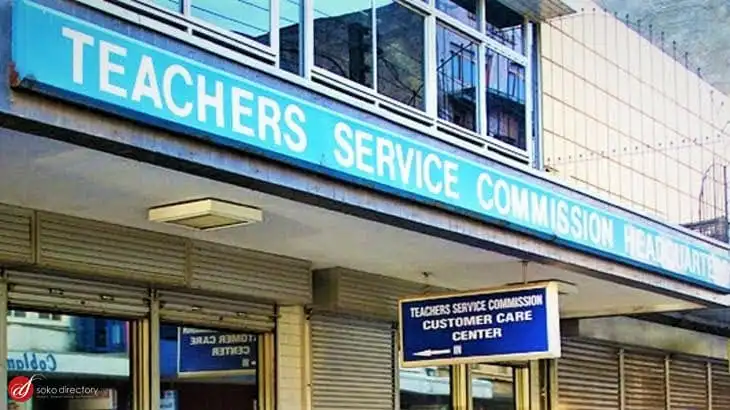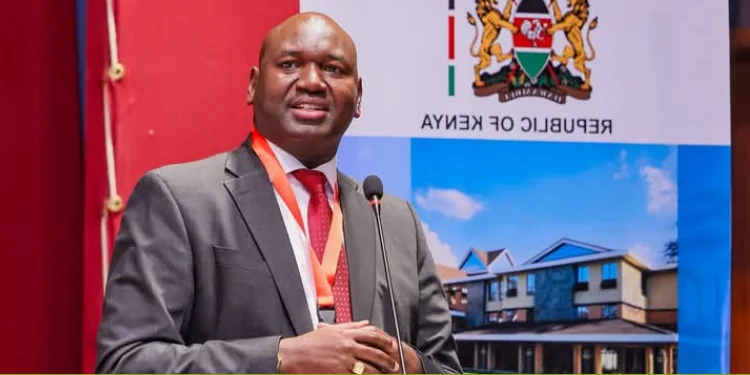In Maasai land, the journey of education tells a powerful story of transformation, one of resilience, cultural evolution, and hope for future generations.
Looking across different age-sets, the progression in access to basic education is nothing short of remarkable.
It is a vivid reflection of how far the community has come, from a time when education was shunned, to an era where nearly every child is stepping into a classroom.
Among the Ilnyankusi generation, only 1% ever accessed basic schooling , a stark reminder of the days when education was considered a path for outcasts, known locally as ilayiok loonkituak tinkin (those who abandoned tradition).
“Back then, sending a child to school was seen as betrayal,” said local elder Moses Ole Kamwaro. “We believed that a real Maasai child belonged in the kraal, not in a classroom.”
The next age-set, the Iseuri, showed a slight improvement, with 7% receiving some form of education. Still, the majority remained illiterate and numerically unskilled.
ALSO READ:
HELB schedules student outreach forums across universities and TVETs
Change began to take root with the Irkitoip generation, where 25% accessed basic education. This marked the beginning of a cultural shift.
“Our parents were hesitant, but they started to see the benefits of reading and writing,” said Nkararu Secondary School teacher Mary Nkoyai. “They didn’t want us to fall behind.”
The Ilkisaruni generation continued the trend, reaching 27%. While modest, this upward climb set the stage for a breakthrough.
With the Irmeirishi age-set, education access leapt to 65%, reflecting growing acceptance and deliberate investment in schooling.
“This was the tipping point,” said Rebecca Tonkei, Narok Woman Representative. “Government policies, church missions, and local champions helped open doors for many girls and boys.”
Then came the Irmirisho, who saw 95% of their members receive basic education — nearly closing the gap completely.
And now, today’s Iltareto generation is standing on the brink of universal literacy, with an astounding 99.95% having accessed at least a basic education.
ALSO READ:
Audit flags idle classrooms and ICT hubs despite millions spent on constituency projects
“What was once unthinkable has become normal,” said Lesan Nkoitoi, an education researcher. “The Maasai community has flipped the narrative. Education is now seen as a tool for empowerment, not rebellion.”
The upward trend is not just about numbers. It tells a deeper story of a community that has embraced change while preserving its identity — a people breaking barriers and building bridges to the future.
“Our children are becoming doctors, engineers, and leaders,” said elder Elizabeth Naramat. “We have come from far, and we are not going back.”
As the Maasai continue this transformative journey, their experience stands as a testament to the power of education and the limitless potential it unlocks for generations to come.
By Kimutai Langat
You can also follow our social media pages on Twitter: Education News KE and Facebook: Education News Newspaper for timely updates.
>>> Click here to stay up-to-date with trending regional stories
>>> Click here to read more informed opinions on the country’s education landscape






